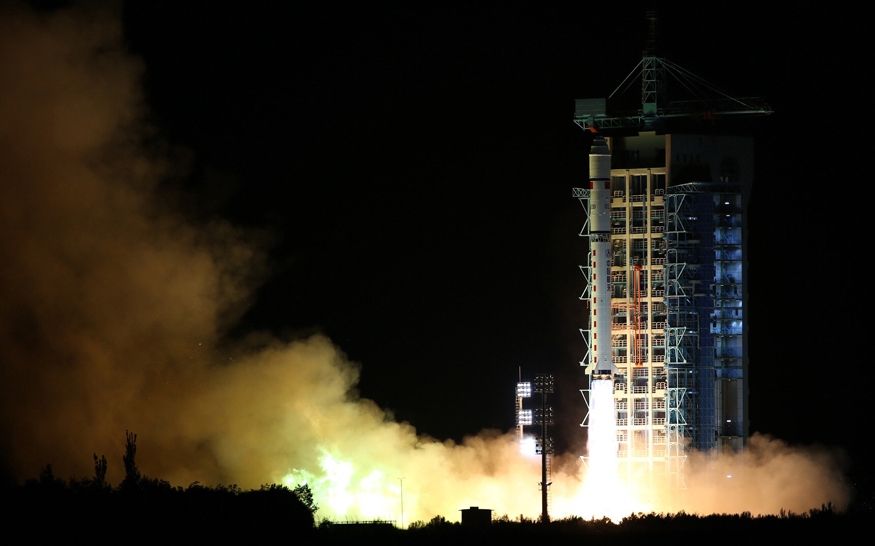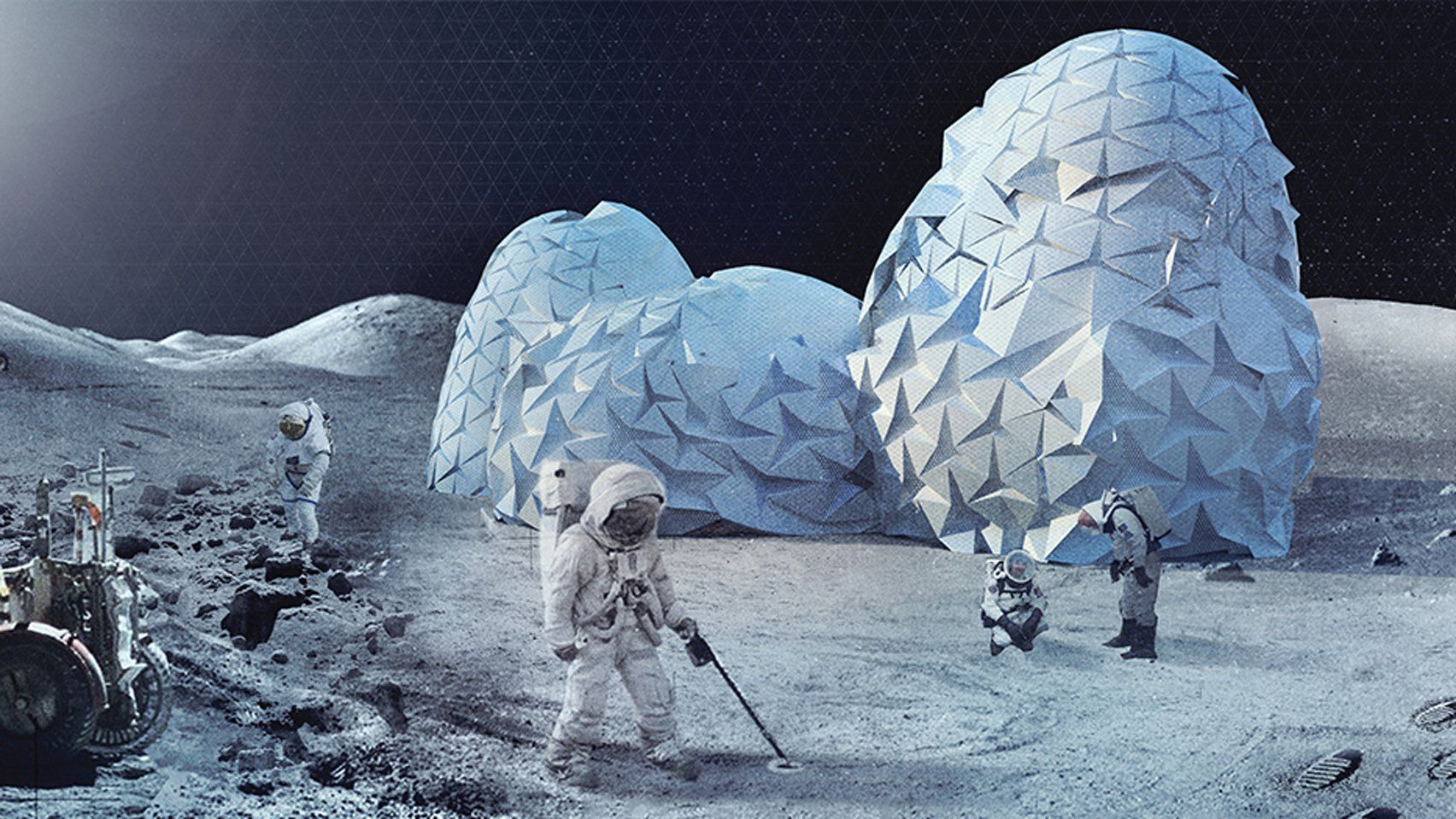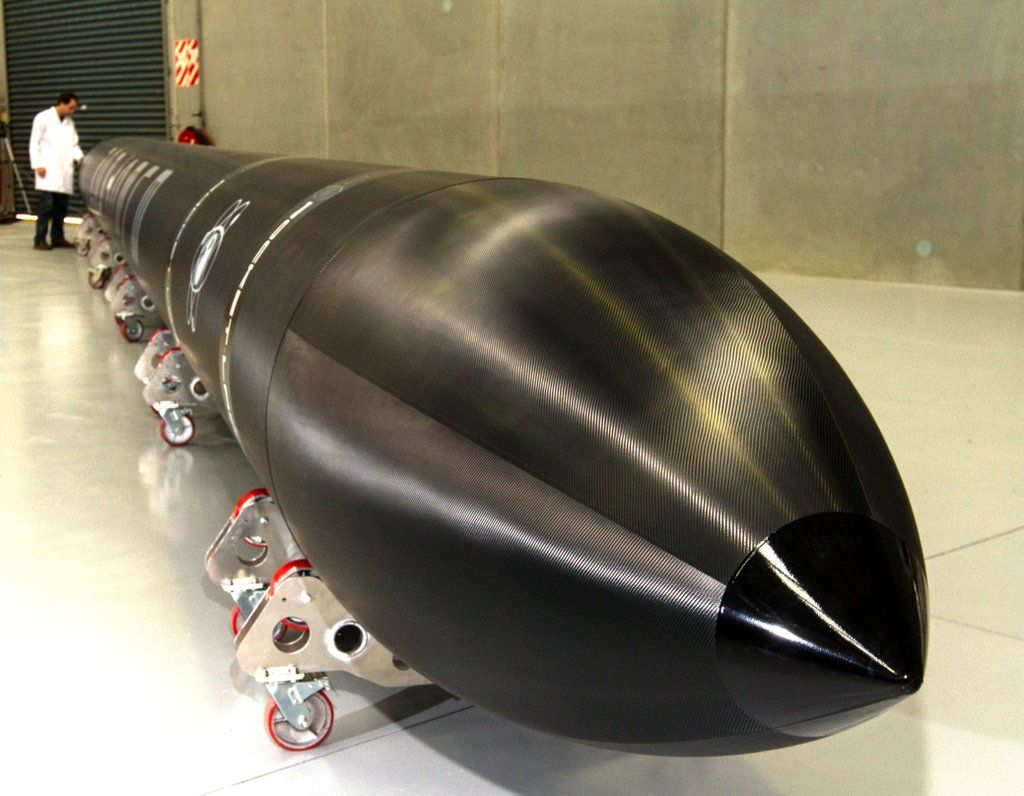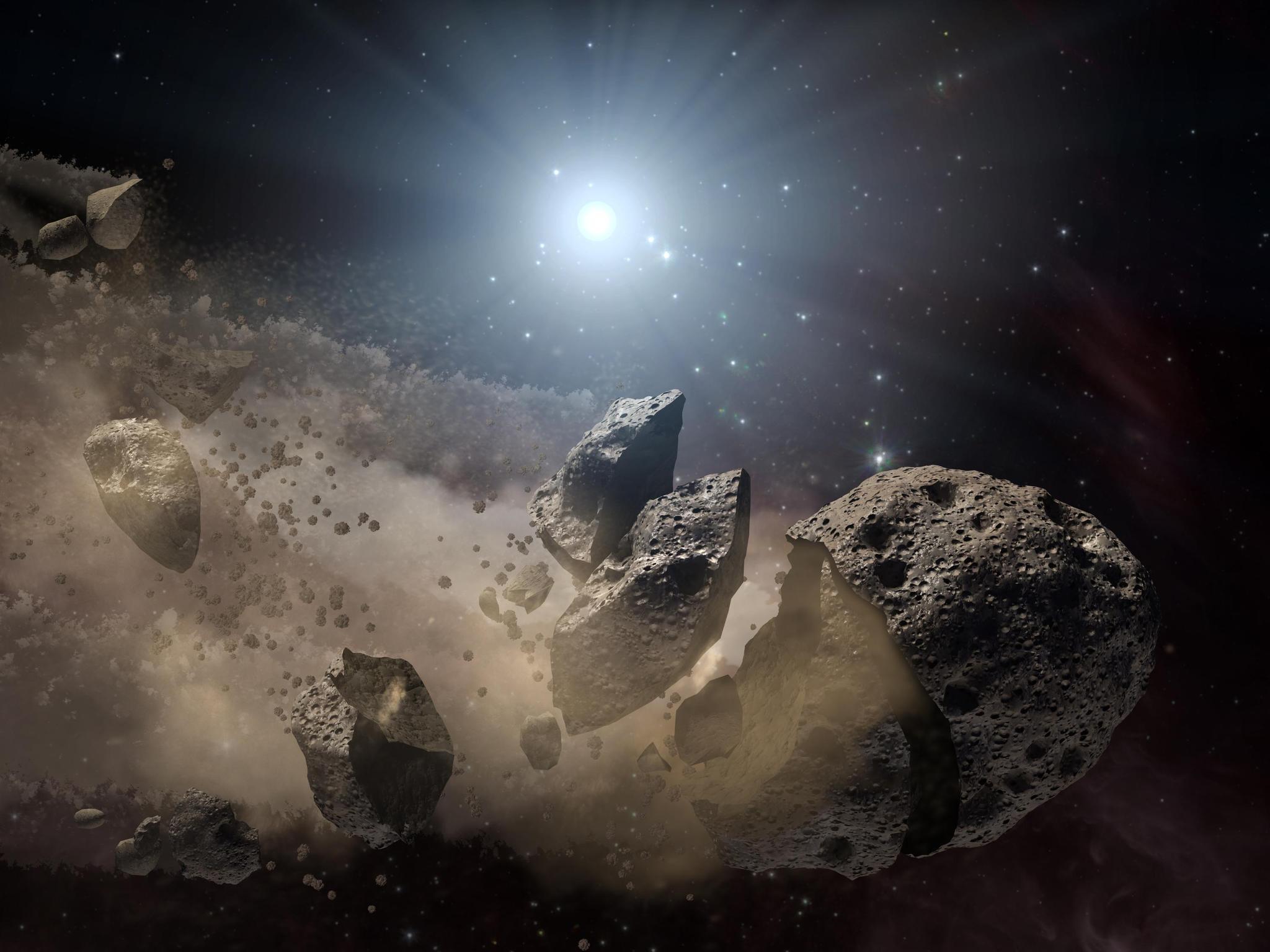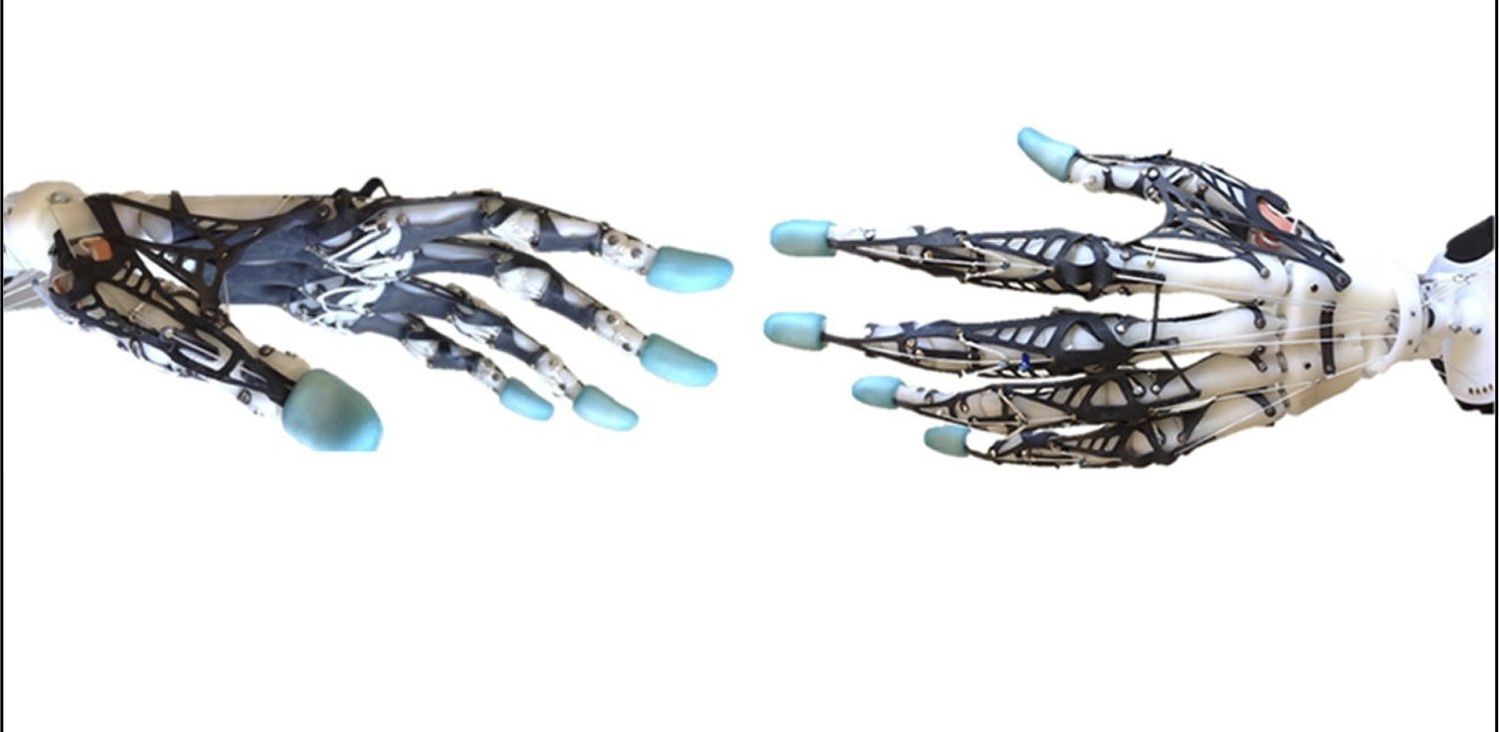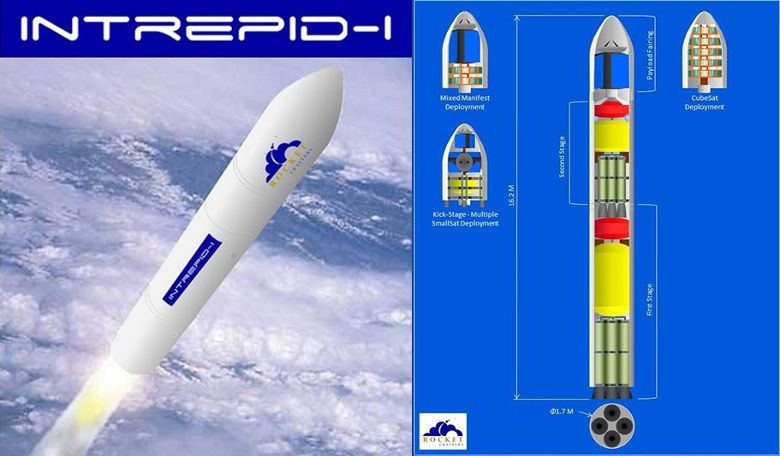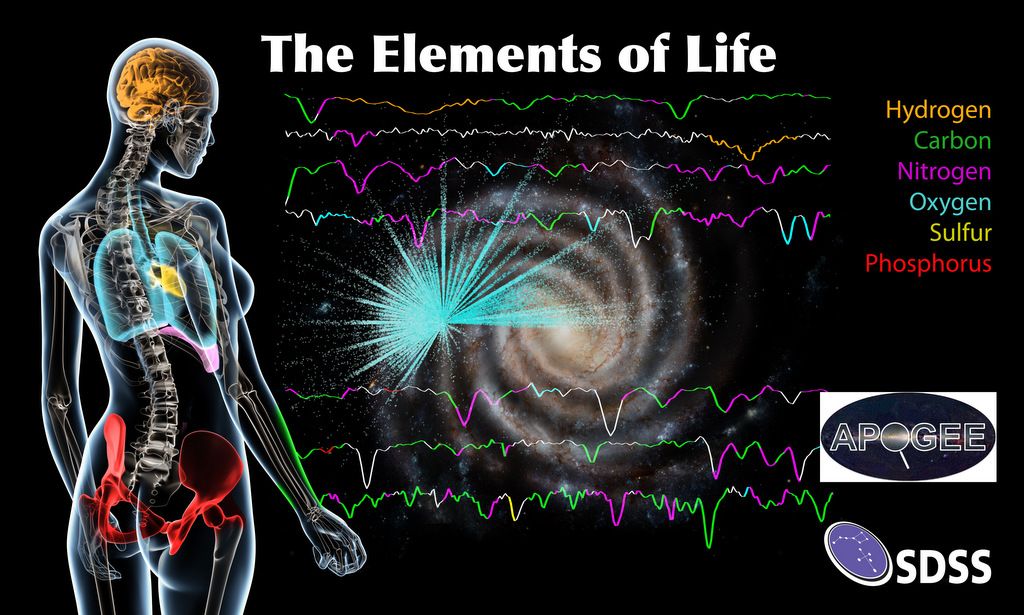Jan 18, 2017
Made In Space and Axiom Space Announce Joint Agreement for Manufacturing in Low Earth Orbit
Posted by Klaus Baldauf in categories: 3D printing, energy, space
HOUSTON, Jan. 18, 2017 /PRNewswire/ — Made In Space and Axiom Space today, announce an agreement to be users and providers of one another’s capabilities to manufacture products in space. Made In Space is the only company to produce 3D printed products in Space and Axiom Space is the leading developer of the world’s first privately-owned commercial space station. This collaboration signifies Made In Space’s exciting transition from research phase, to manufacturing for commercial customers.
The companies have been working out the logistical elements of in-space manufacturing, outfitting the in-space factory with equipment, utilities, power, and thermal management to answer customers’ growing demand. In parallel to the manufacturing element, the companies are working together to plan the delivery of completed products to Earth, ensuring their quality during flight and upon arrival.

